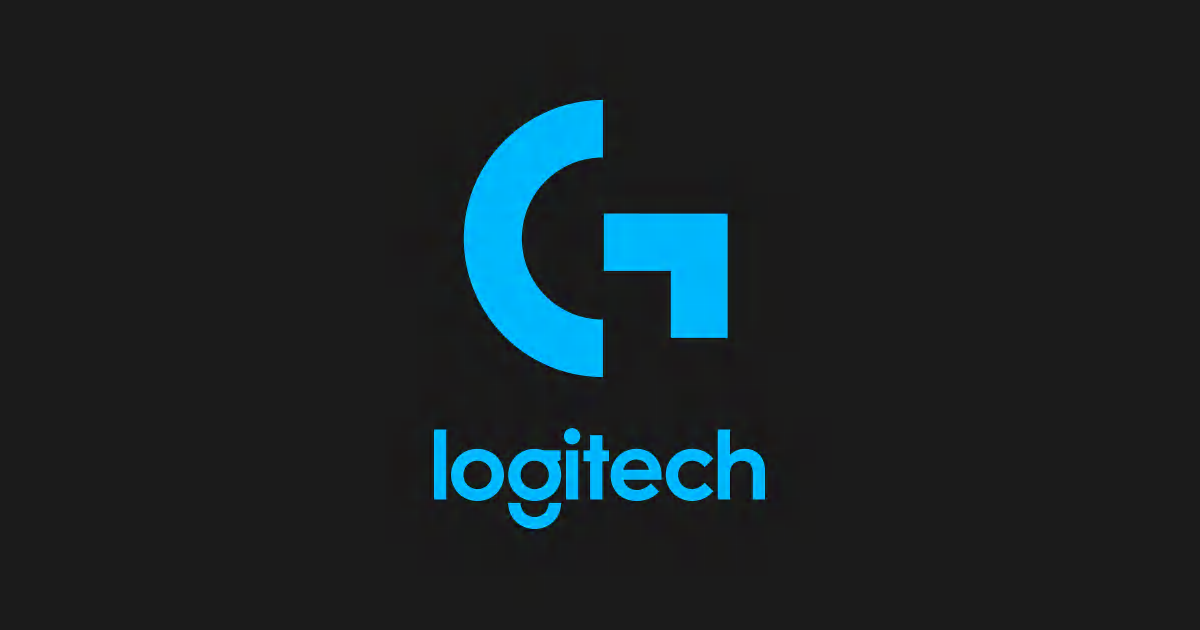They can, and I wouldn't be surprised if they were partially waiving the fee as a subsidy. But that increases the amount of software attach they need commensurately, and it's far from clear that handhelds bring in net new spending since most buyers already have a console or gaming PC.Microsoft can waive the fee for the OS. They are partnering to put their own "Xbox" brand on it. I've already highlighted this. The goal would be to sell more units, and sell more software.
I certainly don't accept the chassis at $200, that's absurd, as there are tons of handhelds (not just PC gaming units) out there that manage products at low price points, like the Nintendo Switch units (from $159 to $319), or Logitech G Cloud ($299), for example. You've offered it up out of thin air.

Logitech G Cloud - Handheld Gaming Console
Shop Cloud Handheld Gaming. Features 7-inch Full HD touchscreen, precision remappable controls, 12+ hour battery, 463 grams, stereo audio, haptics, gyroscope, and morewww.logitechg.com
Yet even if we accepted this BOM, subtracting the OS reduces your speculated BOM to $388 before the chassis. And that's without subsidy.
The G Cloud launched at $349, sold poorly, and got price reductions combined with normal lifecycle cost improvements. On top of less expensive motors and a much simpler, fanless cooling system. Comparing EOL pricing and launch price is apples and oranges.I certainly don't accept the chassis at $200, that's absurd, as there are tons of handhelds (not just PC gaming units) out there that manage products at low price points, like the Nintendo Switch units (from $159 to $319), or Logitech G Cloud ($299), for example. You've offered it up out of thin air.

Logitech G Cloud - Handheld Gaming Console
Shop Cloud Handheld Gaming. Features 7-inch Full HD touchscreen, precision remappable controls, 12+ hour battery, 463 grams, stereo audio, haptics, gyroscope, and morewww.logitechg.com
Ditto with the Switch Lite, launched at $199 with a much simpler design and much better economies of scale.
I'm basing the $200 estimate on a beefed up cooling system, larger chassis, upgraded motors, and fingerprint reader. Those aren't cheap, but if you want to say that $150 is a better estimate, sure. Still doesn't change the fact that Asus would be left with a sub-15% profit margin if Best Buy is nice and only takes 15%.
Waiving an OS license fee (which Microsoft almost never does by the way, even SI's pay full price) is a subsidy. There's no point trying to portray it otherwise. They can certainly do that, but again, that increases the software revenue a shopper needs to contribute and requires some really wishful financial modeling.Yet even if we accepted this BOM, subtracting the OS reduces your speculated BOM to $388 before the chassis. And that's without subsidy.
Let's reverse the question: What percent margin should Asus and its retail partners, namely Best Buy, aim for? If we know that, we can work backward on costs.






